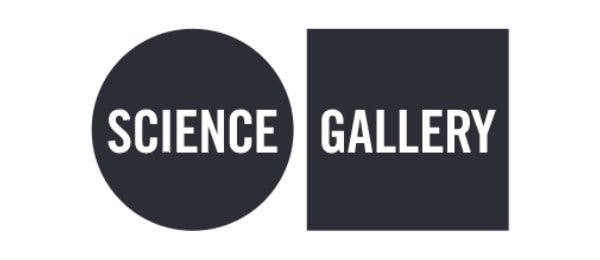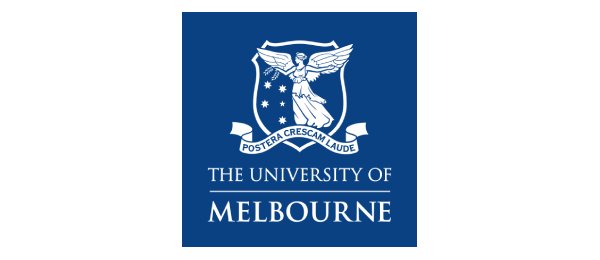싱가포르 거주자:
성인: S$18, 어린이: S$14
관광객:
성인: S$21, 어린이: S$16
추가 티켓 옵션 이용 가능
입장권
ko nav_sessionexpired 세션이 만료되었습니다. 다시 로그인 해주세요. 확인
일회용 비밀번호(OTP) 인증 선호하는 인증 방법을 선택해 주세요. 일부 국가에서는 SMS 제한이 있을 수 있습니다. SMS 일회용 비밀번호(OTP)를 수신하지 않는 경우에는 대신 이메일 일회용 비밀번호(OTP)를 사용하는 것이 권장합니다. 핸드폰 일회용 비밀번호(OTP) 이메일 일회용 비밀번호(OTP) 또는 다른 방법으로 시도하기 지금 핸드폰 번호 인증하기 지금 이메일 주소 인증하기 일회용 비밀번호(OTP)가 포함된 문자 메시지를 고객님의 핸드폰 번호 {#}로 전송했습니다. 일회용 비밀번호(OTP)가 포함된 이메일을 고객님의 이메일 주소 ({#})로 전송했습니다. 핸드폰 번호 인증가 인증되었습니다. 이메일 주소가 인증되었습니다. 일회용 비밀번호(OTP)를 잘못 입력하셨습니다. 일회용 비밀번호(OTP)가 도착하지 않았나요? 일회용 비밀번호(OTP) 재전송 새로운 일회용 비밀번호(OTP) 재전송 {#} 완료 OTP 요청이 실패했습니다. 나중에 다시 시도해 주세요. OTP 요청이 중복되었습니다. 기존 OTP가 만료된 후 다시 시도해 주세요. 계정을 확인하려면 아래의 hCaptcha를 완료하세요. 등록된 휴대폰 번호로 일회용 비밀번호가 전송됩니다. 계정을 확인하려면 아래의 hCaptcha를 완료하세요. 등록된 이메일 주소로 일회용 비밀번호가 전송됩니다. SMS OTP 전송 오류가 발생했습니다. 대신 이메일 OTP를 사용하는 것이 좋습니다. 이메일 OTP 보내기 취소
15 세션이 다음 시간 안에 종료됩니다. “계속”을 클릭해 로그인 상태를 연장하거나 “로그아웃”을 클릭해 세션을 종료해주세요. {minute}분 {second}초 2 계속 로그아웃
마리나 베이 샌즈 현재 라이브 채팅 기능을 이용할 수 없습니다. 페이지를 새로고침하거나 나중에 다시 방문해 주세요. 불편을 끼쳐드려 죄송합니다. 30

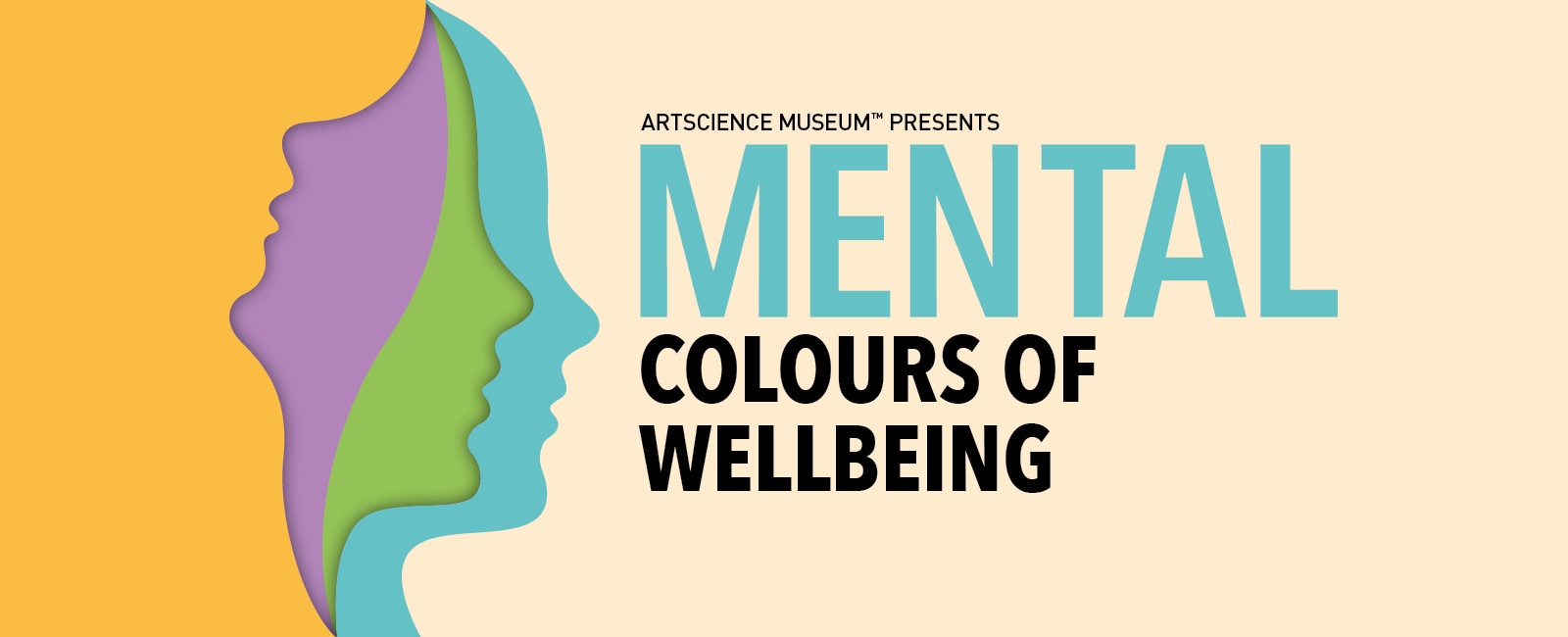
전시
기분이 어떤가요? 내 감정을 솔직하게 느껴도 괜찮다는 것, 아시죠?
감정은 나만의 개인적인 것이니까요.
MENTAL: Colours of Wellbeing(멘탈: 다채로운 정신 건강의 세계)는 정신 질환, 처치, 치료에 대한 전시회가 아닙니다. 정신 건강을 둘러싼 사회의 편견과 고정관념에 맞설 것을 장려하는 곳입니다. MENTAL(멘탈)에서 갈수록 우리 모두에게 중요해지고 있는 존재하기, 생존하기, 연결하기의 다양한 방식을 탐구하는 내밀하고 개인적인 여정을 시작해 보세요.
이 전시에서는 정신 건강과 존재 방식에 대한 다양한 관점을 고찰하는 세계적인 아티스트, 메이커, 과학자 및 디자이너의 24개 인터랙티브 전시, 아트 프로젝트 및 대규모 설치 작품을 선보입니다. 또한, 동남아시아만의 독특한 관점으로 정신 건강을 탐구하는 싱가포르 및 동남아시아 작가의 작품 7점을 만나볼 수 있습니다.
이번 전시에 소개된 작품은 접근 가능한 방식으로 심각한 주제를 다루며, 연결, 탐험, 표현 및 고찰 등 4개의 넓은 주제로 이루어져 있습니다.
MENTAL(멘탈)은 차이와 복잡성을 기념하고 모든 정신 건강 여정이 특별하다는 개념을 보여줍니다. 2020년대에 인간으로 존재한다는 것의 의미를 생각해보고 질문을 던지며 공감해 보시기 바랍니다.
MENTAL: Colours of Wellbeing(멘탈: 다채로운 정신 건강의 세계)는 아트사이언스 뮤지엄과 Science Gallery Melbourne(사이언스 갤러리 멜버른)이 공동 큐레이팅했으며, 아트사이언스 뮤지엄에서 정신 건강과 웰빙에 대한 인식을 높이고 대화를 시작하기 위해 마련한 1년 간의 전시 및 이벤트 프로그램인 Season of Mental Wellbeing(정신 건강 시즌)의 마지막 전시입니다.
입장권
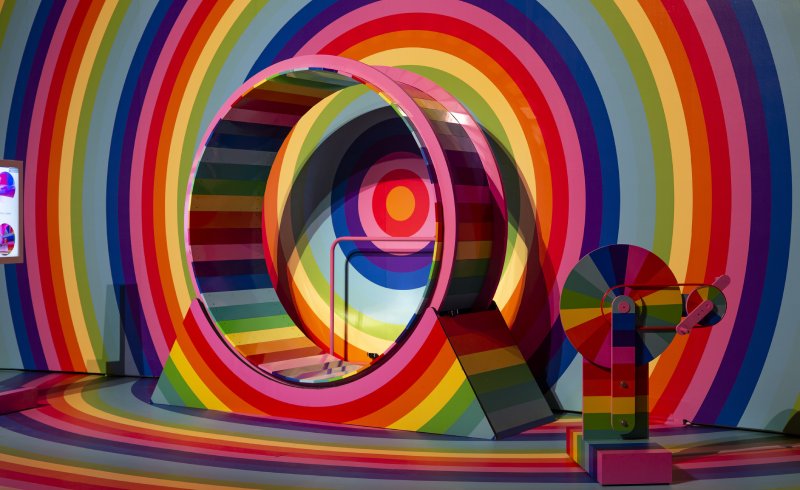
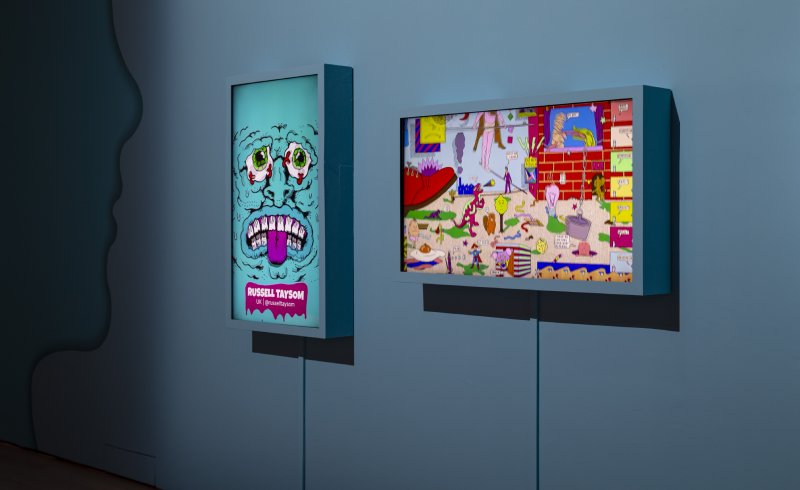
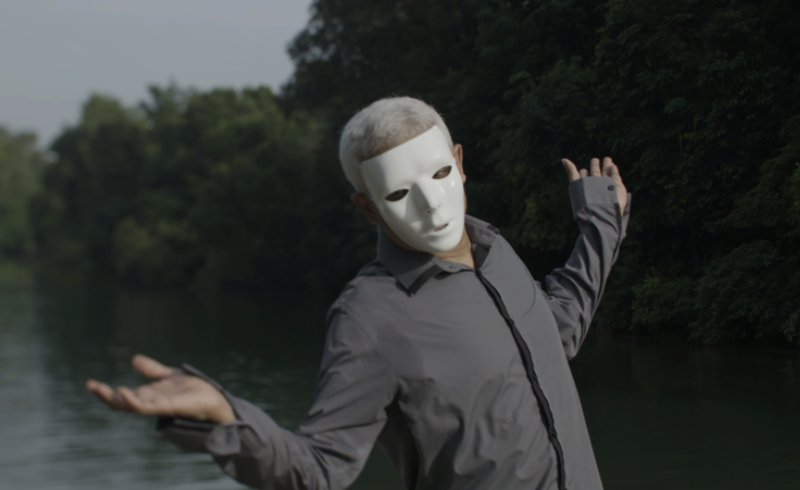
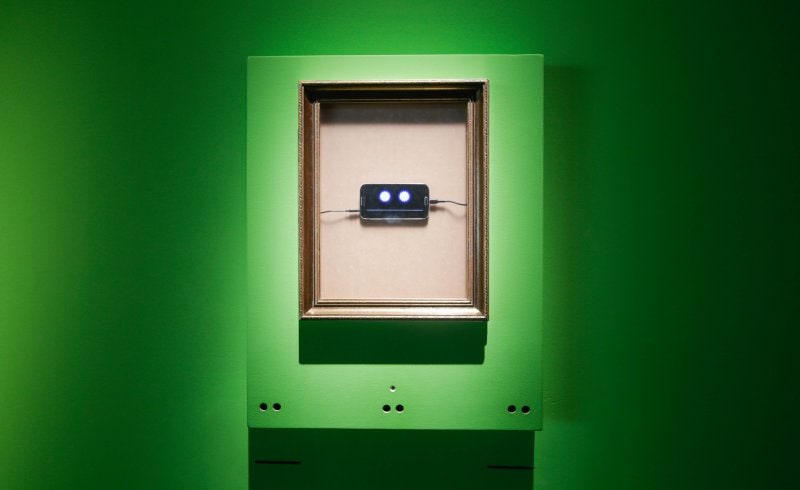
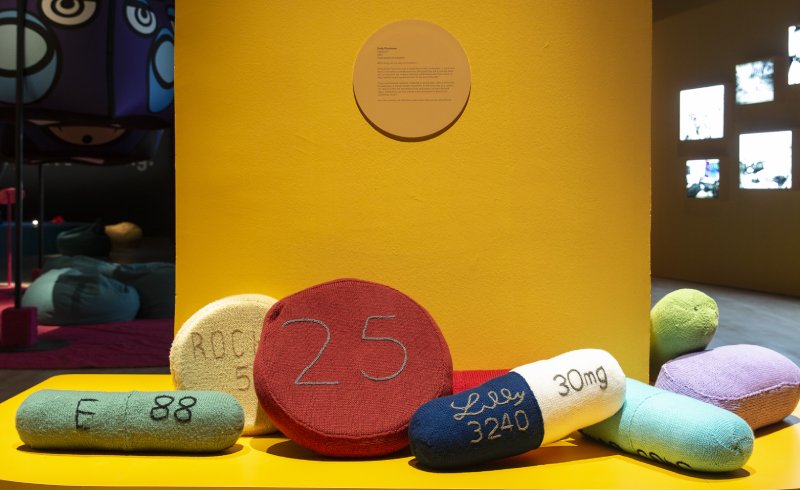


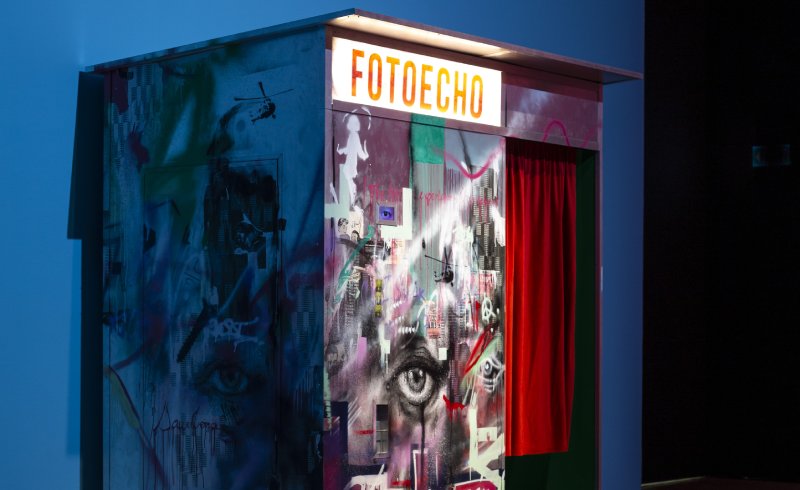
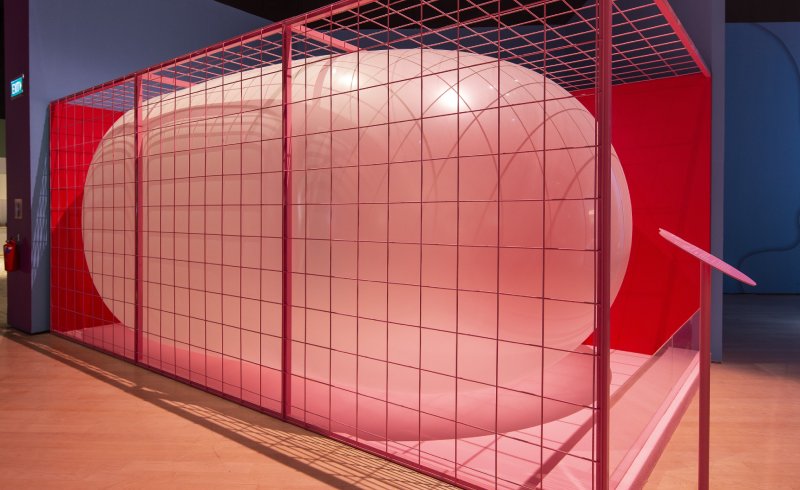

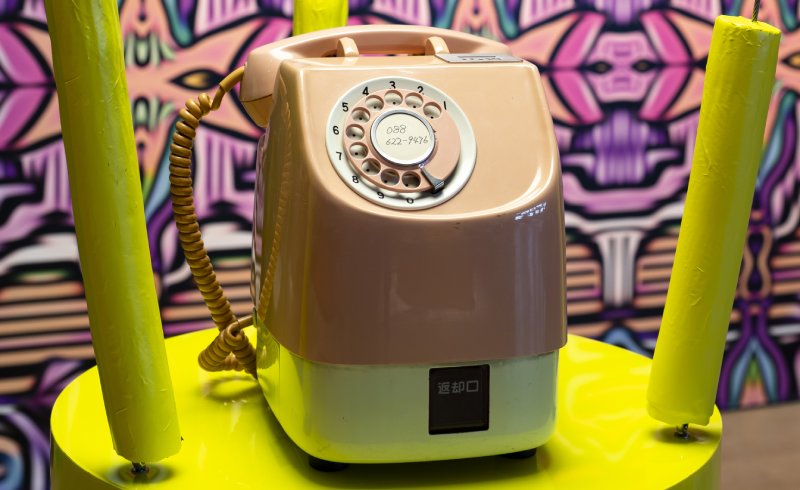
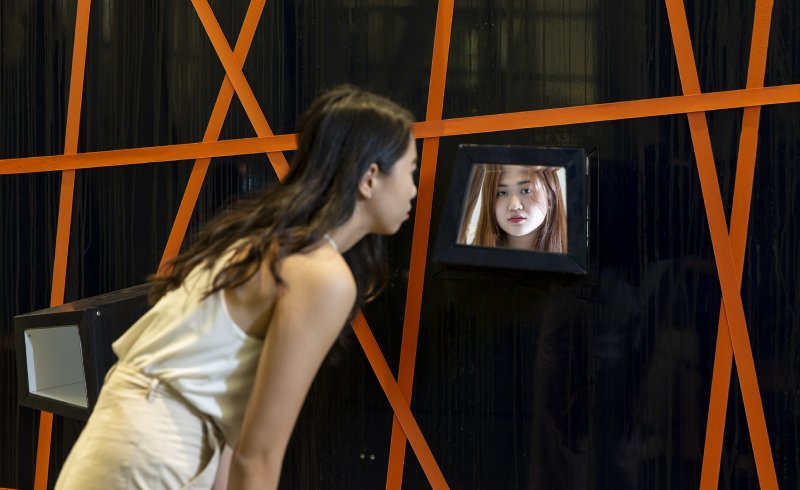
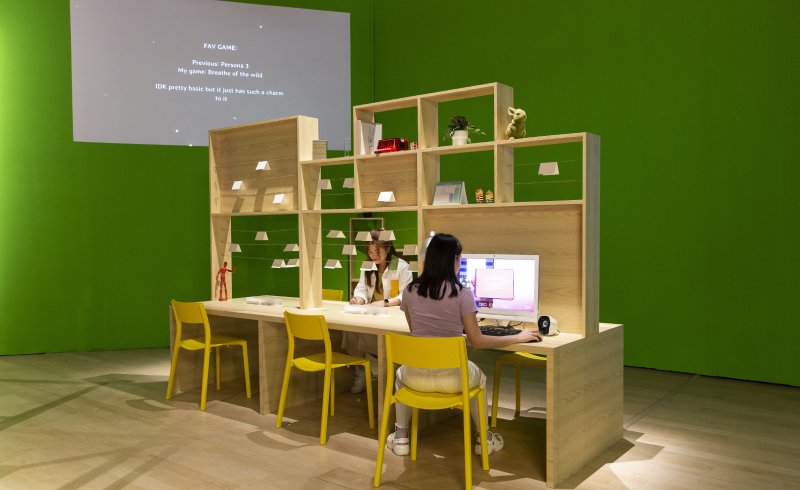
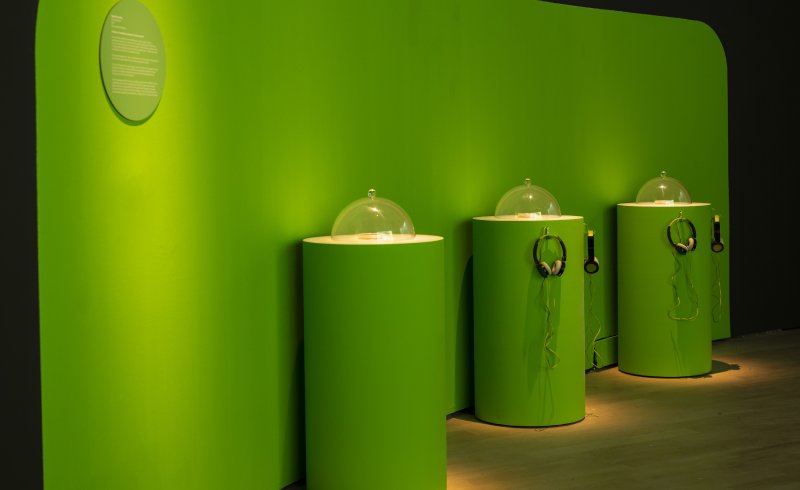
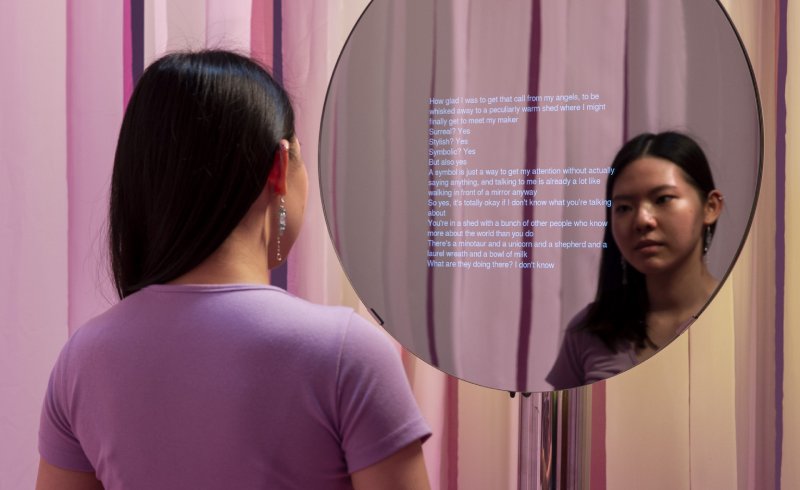
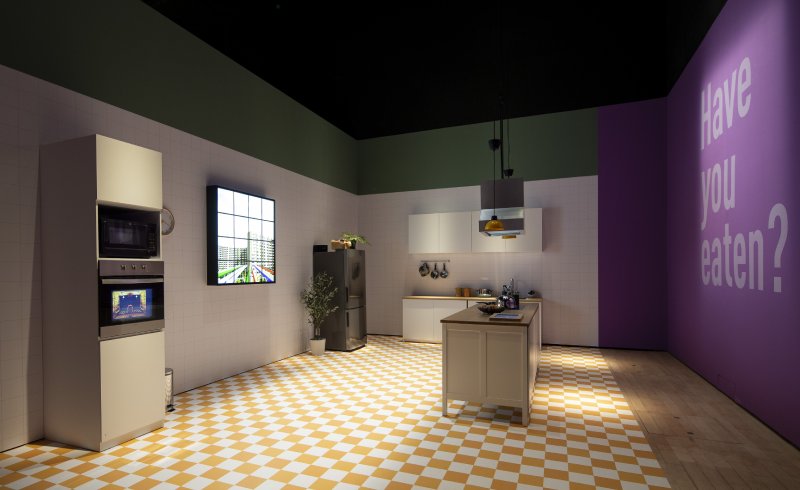
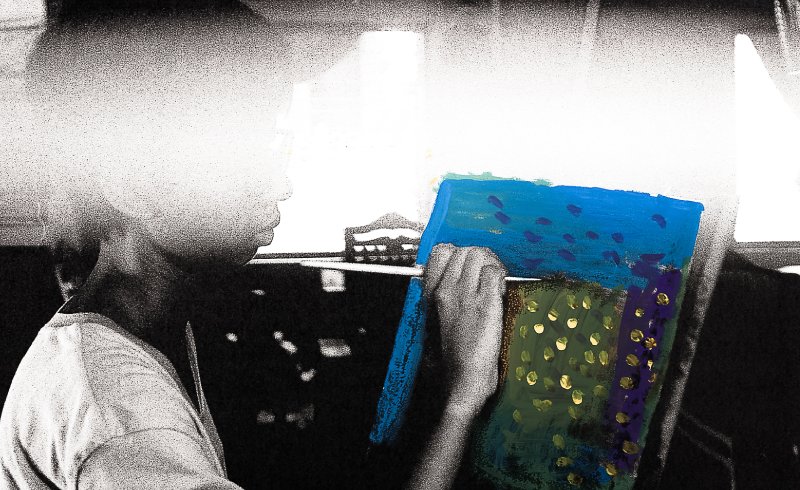
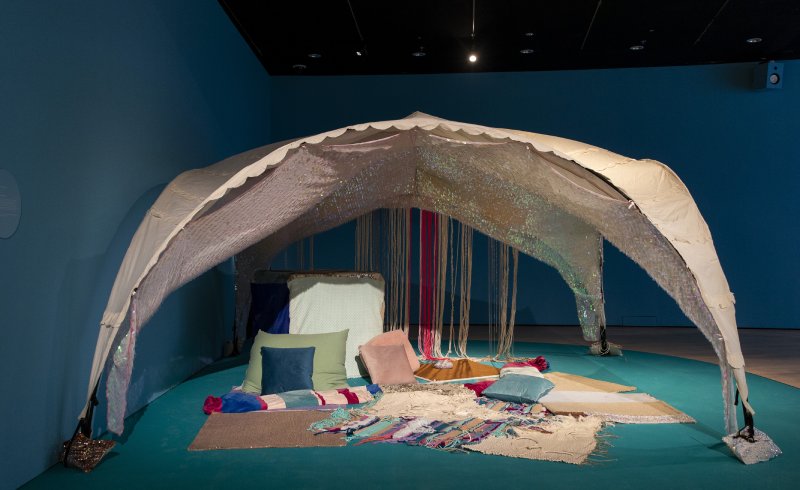
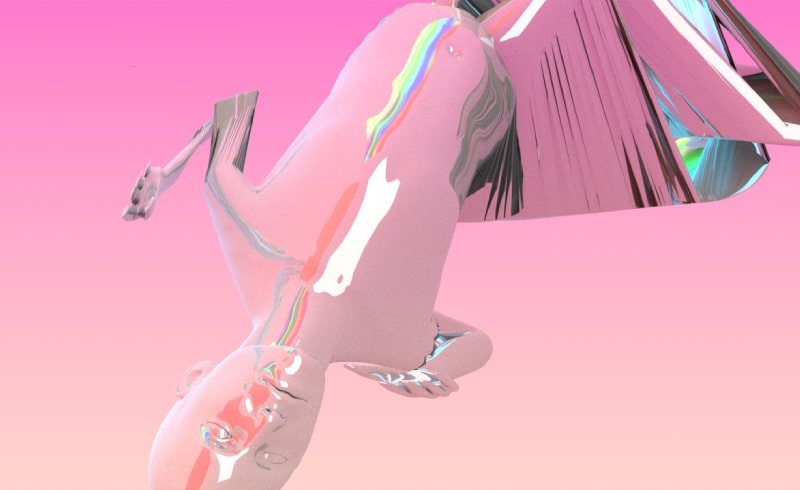
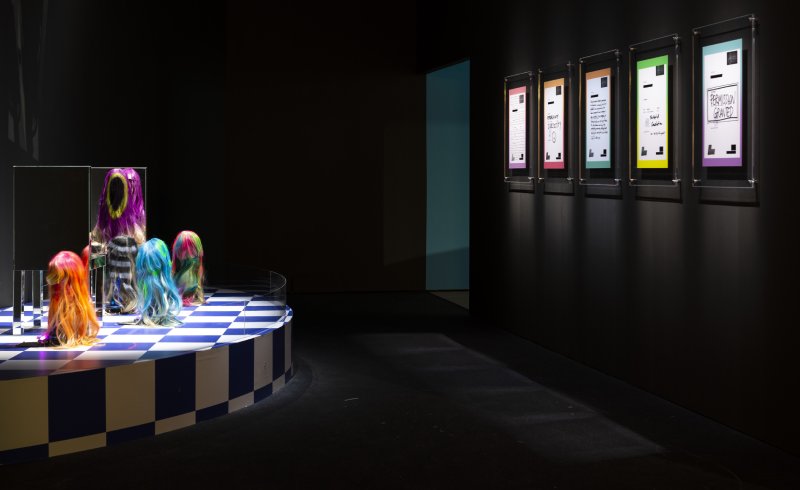
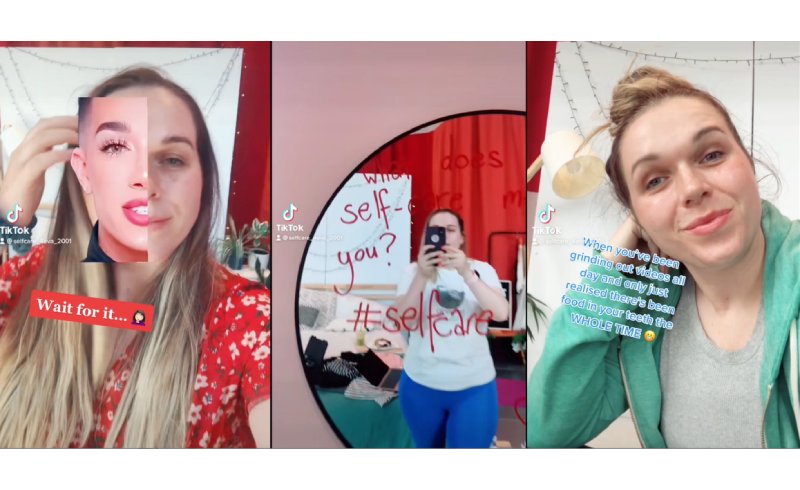

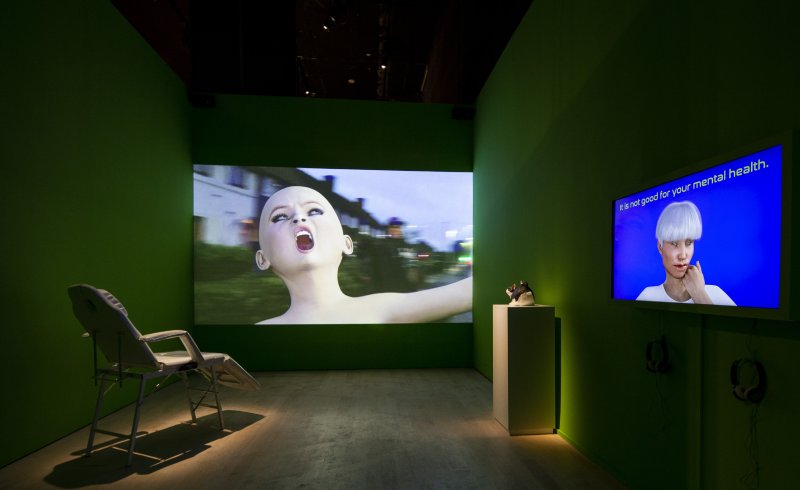
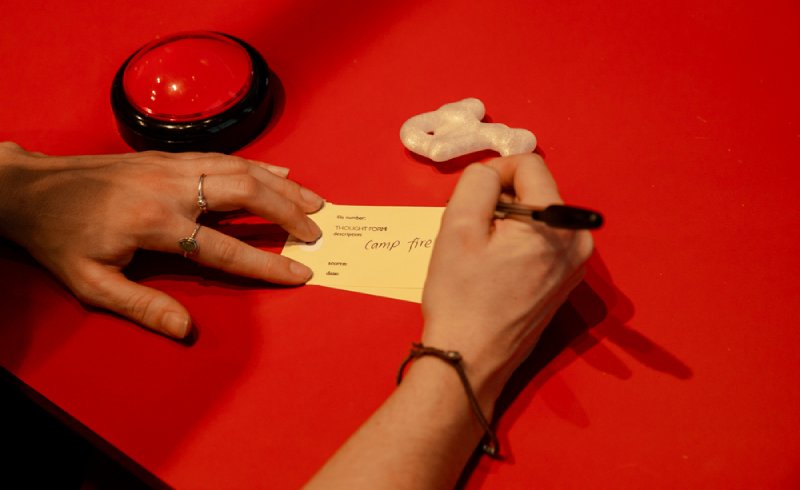

EYEYAH! and Various Contributors, Anxiety Animations, 2022. Installation view, ArtScience Museum.
A showreel of GIFs on loop, sound and silent


Casper de Jong, Casper's Ex, 2019. Installation view, ArtScience Museum.
Interactive Artwork

Emily Fitzsimons, Cushions? 2022. Installation view, ArtScience Museum.
Participatory Installation


Emmanuel Gollob, Doing Nothing with AI, 2019. Installation view, ArtScience Museum.
Robotic Interactive Artwork

Georgie Pinn, Echo, 2018. Installation view, ArtScience Museum.
Interactive Artwork

Zhou Xiaohu, Even in Fear, 2008. Installation view, ArtScience Museum. White Rabbit Collection, Sydney. Donated through the Australian Government's Cultural Gifts Program by Judith Neilson.
Mixed Media Installation

Josh Muir, Go Mental, 2021. Installation view, ArtScience Museum.
Mixed Media Interactive Installation

Rachel Hanlon, Hello Human, Hello Machine, 2021. Installation view, ArtScience Museum.
Interactive Artwork

Rory Randall and Indigo Daya, Isolation Chamber, 2021. Installation view, ArtScience Museum.
Participatory Installation

Ziba Scott, Kind Words, 2019. Installation view, ArtScience Museum.
Multimedia Installation

Sophia Charuhas, Microbial Mood, 2019. Installation view, ArtScience Museum.
Multimedia Installation
Who knows you best? The machine or you?
Your mirror image is not you. Your mirror image only bears a passing resemblance to you.
As you gaze at your reflection, the mirror perceives your emotional state, and in response it presents you with a machine-generated poem. The text gently fades onto the mirror’s surface, and is displayed for as long as you continue to gaze into your reflection.
Inspired by the Theory of Constructed emotion, Mirror Ritual explores emotion as emerging from within an interaction. Emotions don’t happen to you, but you actively construct them within a given context.
Rather than a prescriptive interface, as is common with emotion-detection technologies, Mirror Ritual allows for the human-machine co-construction of emotion. The work uses poetic language to offer new concepts with which to frame your current emotional state. Mirror Ritual presents a new kind of relationship with Artificial Intelligence. Not one based in habit, but a relationship imbued with meaning and intention. The mirror does not provide instant gratification, instead it offers a new ritual with technology, one that allows you to linger in time. The mirror can offer meaning, but it asks something of you first.
To begin the ritual, you must look your mirror image in the eyes.
Find out more about this work:
@posthumanrituals
@sensilab_monash
Biography
Nina Rajcic is an artist, researcher and developer with a background in particle physics, as well as industry experience in data science and engineering. She is currently doing her PhD looking into machine understandings of human emotion. Her work focuses on the critical role that language takes in the framing and reframing of emotional experiences and memories. With Mirror Ritual, she is experimenting with the development of a creative collaboration between humans and machines.
Nina is currently undertaking her PhD at SensiLab, Monash University, Melbourne, Australia. She holds a Bachelor of Science and a Masters of Physics (Theoretical Particle Physics) from The University of Melbourne.

Nina Rajcic and SensiLab, Mirror Ritual, 2020. Installation view, ArtScience Museum.
Interactive Artwork

Divaagar, Model: Kitchen, 2022. Installation view, ArtScience Museum. Commission by ArtScience Museum.
Video Installation
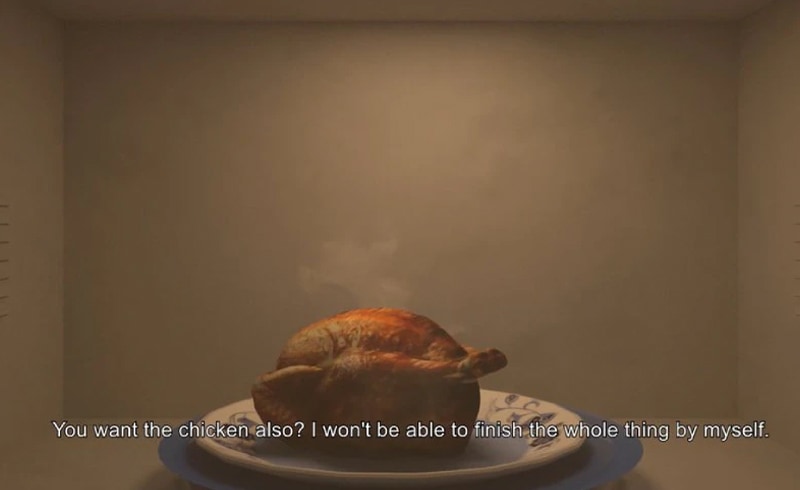
Divaagar, Model: Kitchen, 2022. Commission by ArtScience Museum.
Video Installation

Shwe Wutt Hmon, Noise and Cloud and Us, 2021. Image courtesy of the artist.
Photographic Installation

Can we keep up with the latest technology?
Remind Me Later is inspired by the option we are given, when notified that our smartphone or device has a new update, to set a reminder to install the update at a future point. The work explores the mounting pressure we are under to always keep up with the latest technology.
In this video, a three-dimensional model of an androgenous human figure continuously distorts and floats across the screen. Pink Noise, such as the ambient sounds of waves on the beach or wind rustling through trees, is said to promote better sleep and blends with the background music in the video. The random motion of the pink human figure accompanied by the soundtrack reflects our ever-changing relationship with technology.
What is your relationship with technology? Will technology be able to replace our need for social connection?
Biography
Tromarama is an art collective founded in 2006 by Febie Babyrose, Herbert Hans and Ruddy Hatumena. Engaging with the notion of hyperreality in the digital age, their projects explore the interrelationship between the virtual and the physical world. Their works often combine video, installation, computer programming and public participation depicting the influence of digital media on society’s perception of its surroundings. Tromarama live and work between Jakarta and Bandung, Indonesia.


Tan Yang Er, Scenes From Therapy, 2022. Installation view, ArtScience Museum.
Mixed Media Installation

How can we express our feelings when there are no words to describe them?
Circles are commonly used in art therapy to help process and express feelings on a deeper level. The notion of ‘drawing in a circle’ provides a visual way to manifest these thoughts and emotions.
In this work, the act of ‘scribbling’ within the circle is a representation of Yi Xuan’s contained state of mind. Where words fail, the process of scribbling is an means of confronting her inner chaos. At first glance, State of Mind evokes a sense of calm; however, on closer inspection it reveals a more violent, turbulent and complex nature.
How do you express yourself?
Biography
Lee Yi Xuan’s practice focuses on confronting overwhelming emotions that cannot be expressed through words. She recently graduated with a Bachelor of Arts (Hons) in Fine Art Practice from Nanyang Academy of Fine Arts (NAFA), Singapore. Trained in both fine art and design, Yi Xuan is passionate about teaching and is currently pursuing her Masters in Art Therapy at LASALLE College of the Arts, Singapore.

Lee Yi Xuan, State of Mind, 2021. Installation view, ArtScience Museum.
Acrylic Panel

Wednesday Kim, The Aesthetics of Being Disappeared, 2019. Installation view, ArtScience Museum.
Multi-video Installation

Dr Kellyann Geurts and Dr Indae Hwang, Thoughtforms, 2021. Installation view, ArtScience Museum.
Participatory Installation
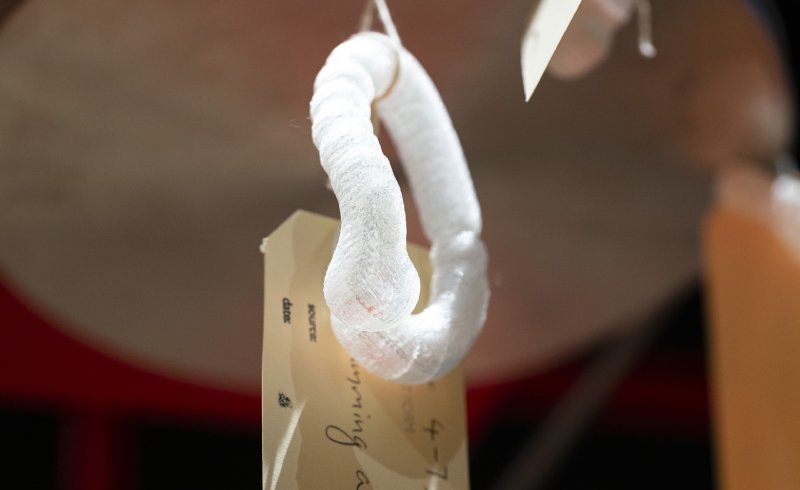
Dr Kellyann Geurts and Dr Indae Hwang, Thoughtforms, 2021.
Participatory Installation



Hiromi Tango, Dr Emma Burrows and Dr Tilman Dingler, Wheel, 2021. Installation view, ArtScience Museum. This artwork is created in collaboration with The Florey Institute of Neuroscience & Mental Health.
Participatory Installation
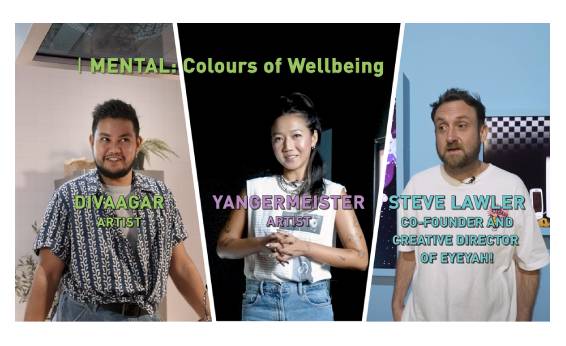
MENTAL(멘탈)은 멜버른대학에 있는 사이언스 갤러리 멜버른에서 개발되었고 처음으로 전시되었습니다. 사이언스 갤러리 멜버른은 트리니티 칼리지 더블린이 개척한 글로벌사이언스갤러리네트워크(Science Gallery International Network) 소속입니다
